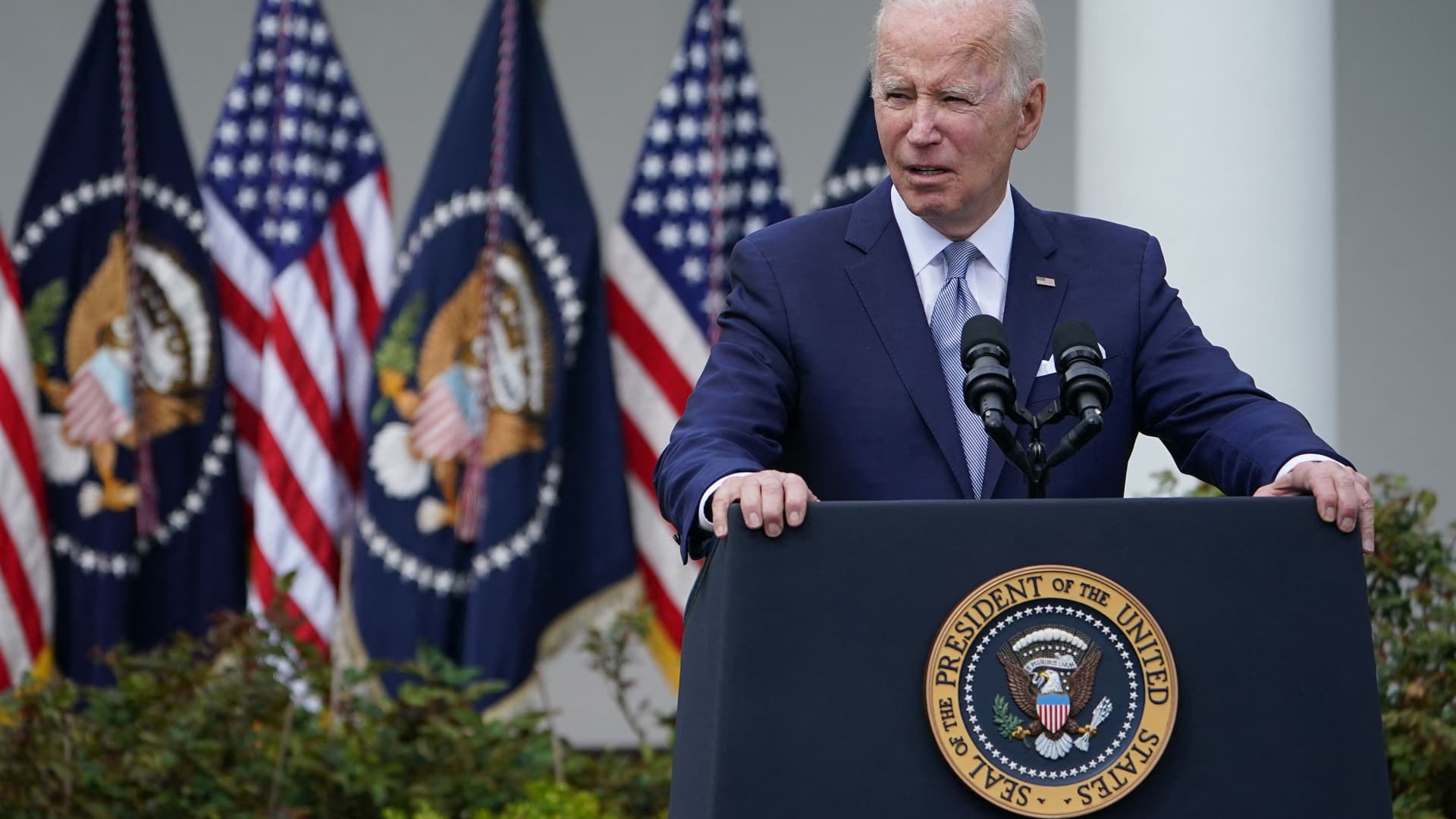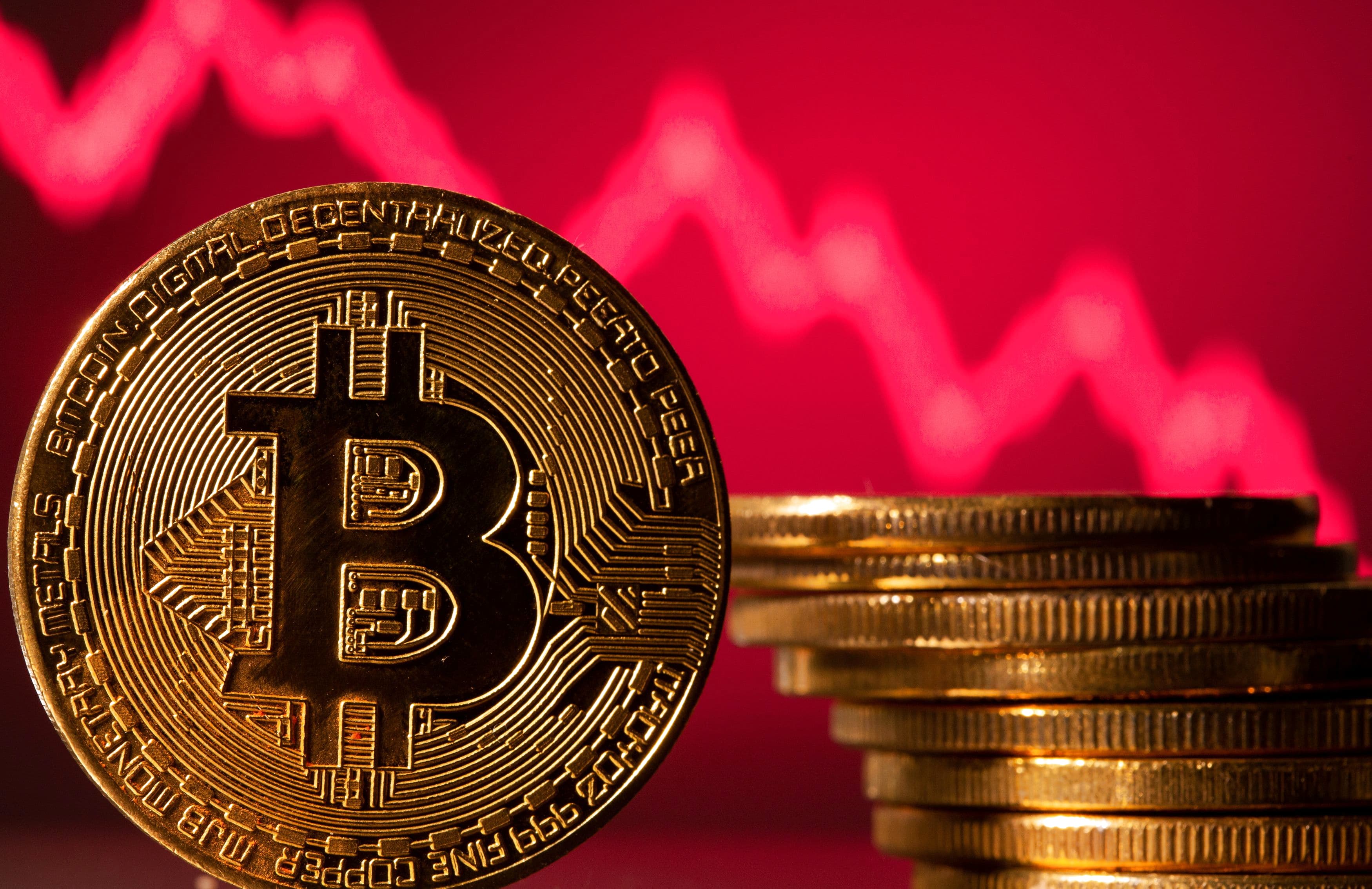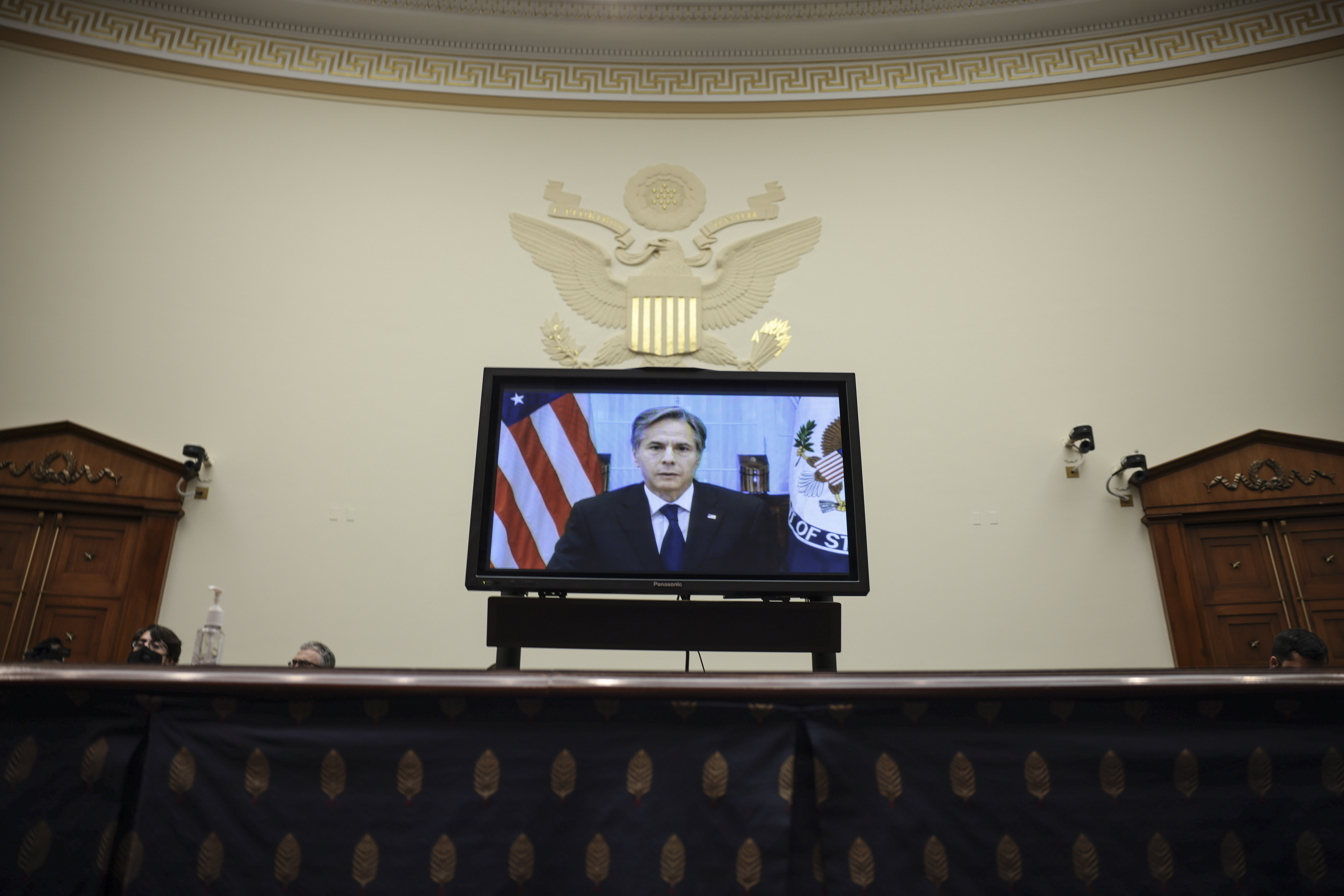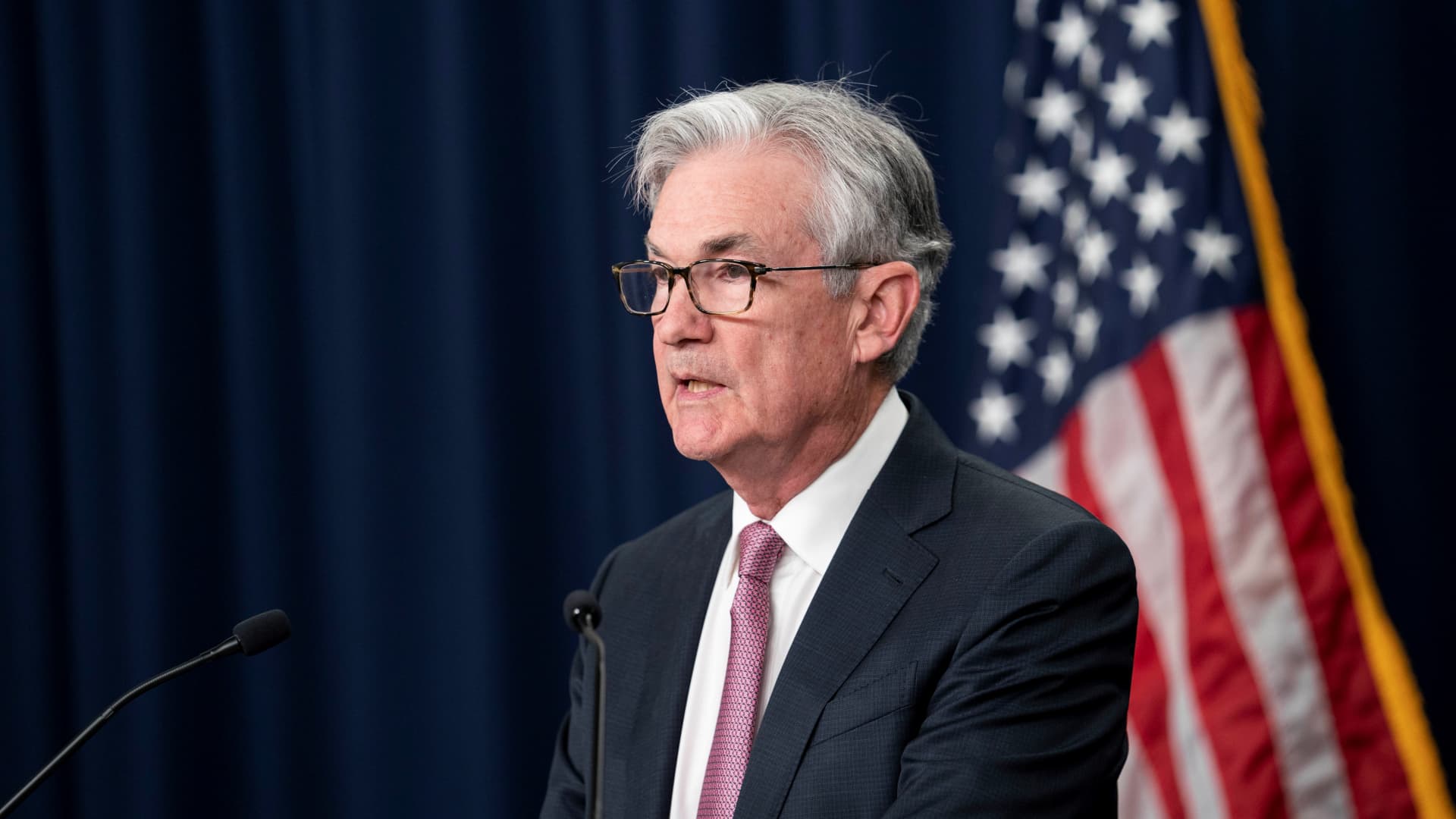White House sees strong GDP growth in 2022 despite inflation risks
The White House sees more risks to U.S. GDP growth in the months ahead due to rising prices, but still expects healthy GDP growth in 2022.

The White House sees more risks to U.S. economic activity in the months ahead thanks to rising prices and Russia's invasion of Ukraine, but still expects healthy GDP growth in 2022.
A senior administration official told CNBC that the recent rise in energy and food prices — caused in large part by Moscow's attack on its neighbor — and ongoing supply chain hiccups are two of few "additional" risks to U.S. GDP growth this year.
But despite the inflationary concerns, most economic data points to another strong year for the U.S. economy as measured by job gains, household savings and real income, the official said.
"We are facing real risks and some challenges," the person said. "One risk is the war that Putin has started in Ukraine. That has real effects on the U.S. economy, largely through energy prices and food."
But "when you put it all together, the U.S. economy is in a strong position, even as we face some additional risks in the months ahead," the official said.
The official, speaking on the condition of anonymity to discuss private White House forecasts, said the administration was encouraged to see the International Monetary Fund estimate that the U.S. will see its gross domestic product grow 3.7% this year. That compares with forecasts of economic growth of 2.1% for Germany, 2.5% for South Korea and 3.7% for the United Kingdom.
The Russian economy, overwhelmed by a barrage of sanctions imposed by the U.S. and its allies, is expected to contract by 8.5%, according to IMF projections.
The remarks from the White House come as a growing number of economists tweak economic forecasts to include red-hot inflation, tapering growth from the Covid-19 rebound and a historically tight labor market.
President Joe Biden is sympathetic to those trends, the official said, and will continue to explore all viable options available to the Oval Office to quell prices.
Biden has blamed Russian President Vladimir Putin for the latest jump in U.S. inflation, which last month hit 8.5%, and has begun to refer to energy inflation as "Putin's price hike."
Data like that is part of the reason that investment bank Goldman Sachs told its clients earlier this week that it thinks there's a 35% chance of a recession in the next two years.
In a note published Sunday, Goldman Chief Economist Jan Hatzius wrote that the main risk to continued economic growth stems from a tricky balancing act facing the Federal Reserve, the U.S. central bank.
He explained that the Fed, in charge of cooling inflation and maximizing employment, must now weigh that record level of job openings while also trying to keep a lid on wage and price acceleration.
In other words, the Fed must orchestrate what economists refer to as a "soft landing": Control inflation with tighter monetary policy and higher interest rates without tipping the economy into recession.
"History suggests that this may be challenging, since large declines in the jobs-workers gap have only occurred during recessions in the US," Hatzius wrote, adding that 11 of 14 tightening cycles in the U.S. since World War II have been followed by a recession within two years.
Treasury Secretary Janet Yellen, one of Biden's top economic advisors and a former leader of the Fed, acknowledged last week the difficulty of a "soft landing," but noted that it's been done before.
"They have a dual mandate. They will try to maintain strong labor markets while bringing inflation down," Yellen said of the Fed on April 13. "And it has been done in the past. It's not an impossible combination, but it will require skill and also good luck."
Russia's invasion of Ukraine that began in late February drove a spike in global oil prices and subsequent jump in retail gasoline costs as traders scrambled to snap up energy as war engulfed eastern Europe and key industry supply chains.
"Putin's invasion of Ukraine has driven up gas prices and food prices all over the world. We saw that in the most recent inflation data," Biden said Wednesday in a post to Twitter.
While oil and gasoline prices have back off highs seen earlier this year, West Texas crude oil is still up 34% this year, while the national average for a gallon of gas is up $1.22, or 42.4%, from a year ago at $4.09.
"I'm doing everything I can to bring down prices and address the Putin Price Hike," Biden wrote Wednesday.
To help address those price pressures, Biden announced last month that the U.S. would release 1 million barrels of oil per day for the next six months from its strategic petroleum reserves to help cut gas prices and fight inflation.
While prior administrations have tapped the nation's reserves during period of high gas prices, the scale of the current release is unprecedented in terms of size and duration.
Inflation has evolved into a critical issue for the U.S. economy as well as Democrats hoping to retain control of Congress after the midterm elections later this year.
A recent CNBC All-America Survey showed that 47% of the public say the economy is "poor," the highest number in that category since 2012. Only 17% rank the economy as excellent or good, the lowest since 2014.
Those numbers could haunt congressional Democrats if voters opt to cast their ballots for Republicans later this year. Online betting website PredictIt.org gives the GOP an 86% chance of winning control of the House in 2022 and a 78% chance in the Senate.
While that could help ease energy prices in the near term, economists are also keeping a close eye on the supply of workers.
The Labor Department's most-recent report on job openings and workplace turnover showed a record 5 million more job openings than unemployed people in the U.S., suggesting that workers are in a strong position to demand better pay.

 JimMin
JimMin 
































